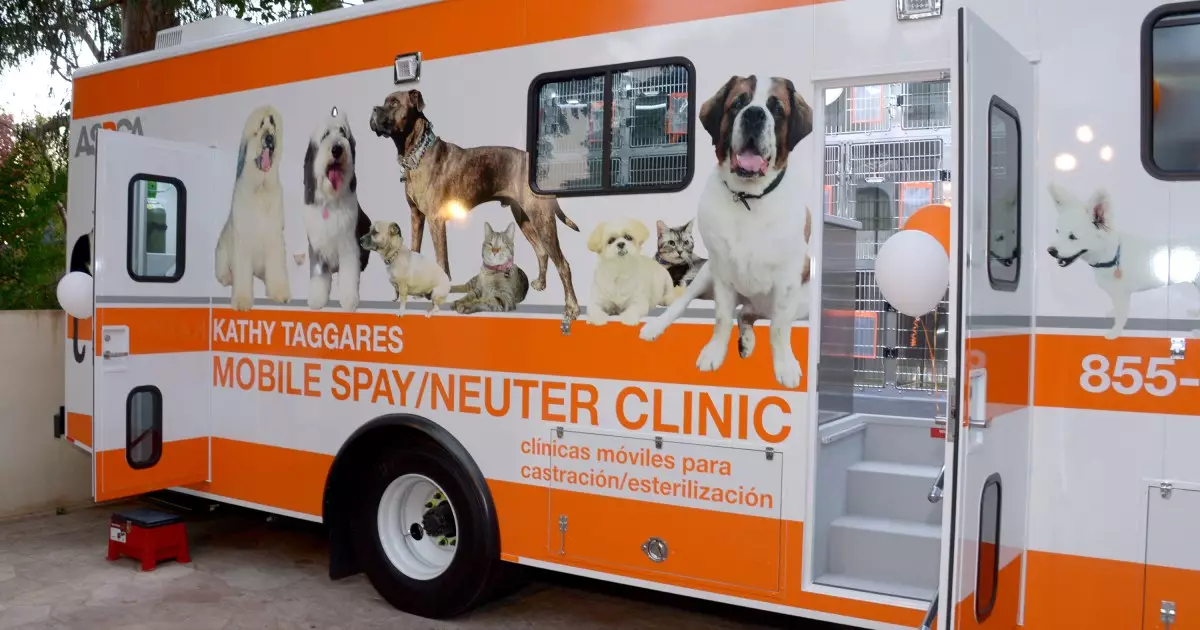The growing pet population is a pressing issue in many communities, resulting in overcrowded shelters and an increased number of euthanizations of abandoned animals. One of the most effective solutions to mitigate this crisis is the spaying and neutering of pets. These surgical procedures not only help to control the animal population but also contribute significantly to the well-being of our pets. By preventing unwanted litters, spaying and neutering reduce the number of animals in shelters, allowing resources to be allocated efficiently for the care of those animals already in need.
While the benefits of these procedures for public health and pet well-being are clear, the challenge lies in ensuring that all pet owners have access to affordable options. Many dog owners face financial barriers that prevent them from seeking these crucial medical services. Thus, low-cost spay and neuter clinics have emerged as a vital resource for responsible pet ownership.
Low-cost spay and neuter clinics play an essential role in promoting responsible pet ownership by offering these services at reduced rates. Operated mainly by volunteers and veterinary professionals who donate their time, these clinics are often funded through community organizations and local donations. While their goal is noble, the limited resources available can create a challenging environment for both administrators and clients.
Unfortunately, these clinics are sometimes misused by individuals who do not genuinely require financial assistance. These sporadic cases not only strain the resources of the clinics but also distract from their primary mission of helping those in need. Therefore, it is essential to explore how to best serve the intended audience without compromising the integrity of these valuable services.
It is crucial to establish a framework that ensures only those truly in need can access low-cost spay and neuter clinics. Some facilities require proof of income or public assistance, as a means to filter out individuals who may not genuinely require discounted services. Documentation such as tax returns or assistance program enrollment can help the clinics maintain their focus and resources for those who genuinely cannot afford the procedures elsewhere.
However, imposing such requirements can sometimes exclude individuals who find themselves in precarious situations where proof is difficult to provide. For instance, someone may be unemployed without access to public assistance, yet they could still struggle to afford necessary veterinary care. Thus, while requirements for documentation are necessary to some extent, they may not be the ultimate solution for ensuring honesty.
An equally important strategy to support low-cost spay and neuter clinics may lie in public education. Increasing awareness around the financial realities and operational challenges these clinics face can cultivate a culture of responsibility among pet owners. By providing information on what the spaying and neutering process entails and the costs involved, pet owners may be less likely to exploit the services offered by these clinics.
Education can also highlight the broader implications of pet ownership. Understanding the potential health risks associated with unspayed or unneutered pets could motivate owners to consider these procedures seriously. Pets that remain intact are often at higher risk for certain diseases and behavioral issues, including aggression or stress-related tendencies. When pet owners comprehend these risks, they may prioritize getting their pets spayed or neutered, even if it necessitates seeking out their veterinarian for the associated costs.
Ultimately, responsible pet ownership entails understanding the importance of spaying and neutering, ensuring that these vital services are equitably accessible. Low-cost clinics offer a necessary alternative for financially constrained pet owners, but systemic issues can arise when these services are misappropriated. Striking a balance between ensuring access for needy families and maintaining integrity within these facilities is key.
By inspiring a community grounded in education and awareness, we can work towards a future where the burden on shelters lessens and euthanizations become a rarity. Cooperation between clinics, pet owners, and the broader community is essential to advancing the cause. Let us commit to advocating for our furry companions through informed choices, responsible actions, and collaborations that prioritize their well-being.

